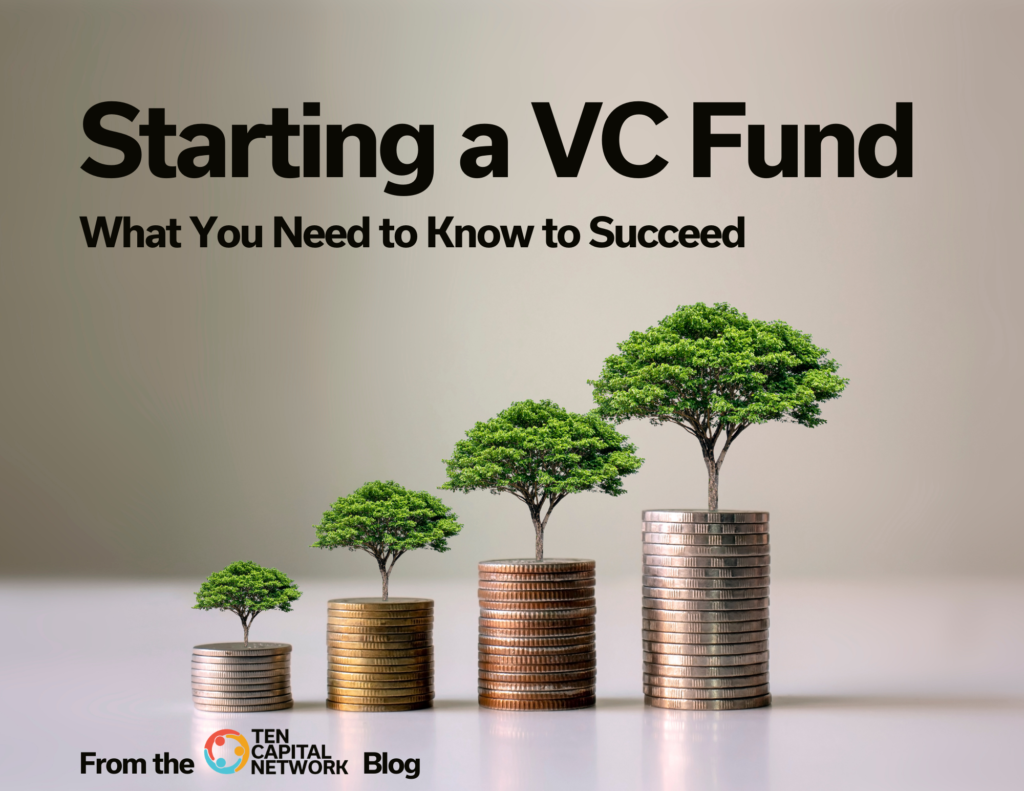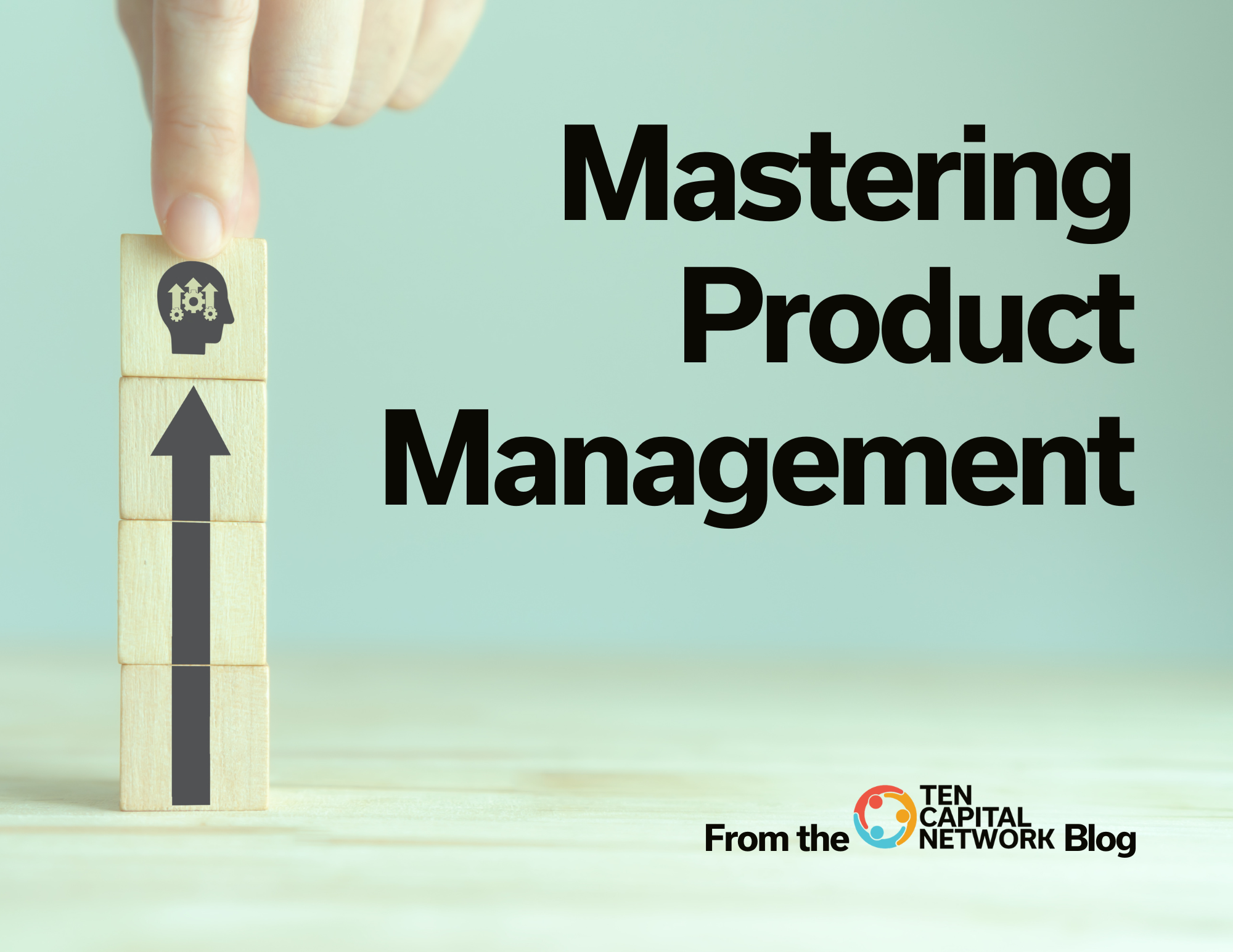2 min read. If you have a track record for successfully investing, you may consider starting your own fund. At the time of writing, there are over 4,000 micro-VC funds in the US alone. Most of these are funds within the $25M to $50M range. These funds are led by those who ran sidecar angel funds and invested their own money into startups. Some did well, or are experienced VCs who set out to run their own fund.
What do you need to know to successfully start your own VC fund? You need to be able to find and screen startups successfully. Let’s take a closer look at how to do this.
Analyzing Market Segments
In running a fund it’s important to analyze market segments. First, evaluate the leading companies in the market. Are there any leaders that stand out, or are all the companies competing head-to-head with the same approach?
Highlight the supply chain to show who has control of the market; is it the producer or the consumer that drives the price? Discuss the introduction of new technology and its impact on the current market equilibrium. Will it shift control from the producer to the consumer, or vice versa?
Review the number of companies playing in the segment and discuss the resulting fragmentation. Highlight the total available market for the companies in the segment. Identify companies within the market that stands out for competitive advantages such as network effects, virality, recurring revenue models, etc.
Conclude with a proposal to pursue investment in a company in the market segment.
Determine Market Size
One of the key selling points for a startup is its potential market size. There are several ways to find it for your potential startup investment. The easiest way you can find market size is to buy a market research report. These typically run anywhere from $5K to $20K.
You can also contact the trade association related to your industry. These associations are most often located in Washington D.C. They are located in Washington D.C. as they provide government advocacy in addition to industry support. The association’s website typically provides stats on the industry, including market size and sector breakdowns. These sources require more digging but are often more reliable than market research reports.
Analyzing Startups
Here’s how to analyze a potential company for investment:
First, identify a recent event for the target company, such as entering a new market. Discuss how the company can disrupt the newly-entered market with its expertise and business model. Talk about the positives you see in the company’s financials and market position.
Express caution based on any concerns about the business including product/market fit, management team, or cost structures. Discuss macroeconomic issues, both positive and negative. Conclude with a recommendation to pursue an investment based on the positives outweighing the negatives, or to avoid an investment based on the negatives outweighing the positives.
Read more on the TEN Capital eGuide: How to Raise a VC Fund

Hall T. Martin is the founder and CEO of the TEN Capital Network. TEN Capital has been connecting startups with investors for over ten years. You can connect with Hall about fundraising, business growth, and emerging technologies via LinkedIn or email: hallmartin@tencapital.group





